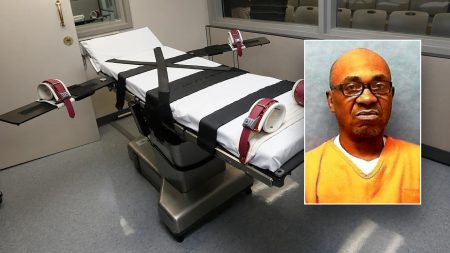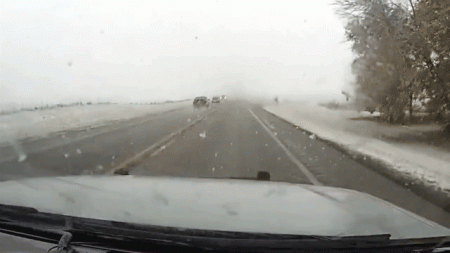The Shift in Military Policy Regarding Hate Symbols and Transgender Rights
In a significant change to military policy, a new servicewide directive has redefined how certain symbols of hate are categorized within the armed forces. The policy now classifies swastikas and nooses—historically recognized as symbols of hatred, genocide, and racial violence—under the more neutral designation of “politically divisive” symbols. This reclassification represents a notable departure from previous approaches that more explicitly acknowledged the harmful and hateful connotations of these symbols. Simultaneously, the same policy revision has removed specific protections that were previously established for transgender service members, raising concerns about inclusivity and equal treatment within military ranks.
This policy change arrives during a period of broader national conversation about how institutions should address symbols with harmful historical associations. By recategorizing swastikas—emblems of Nazi Germany and the Holocaust—and nooses—symbols deeply connected to the lynching and terrorization of Black Americans—as merely “politically divisive,” critics argue the military may be diluting the serious historical context and ongoing harmful impact of these symbols. The shift in language from explicitly recognizing these as hate symbols to framing them as politically contentious items raises questions about whether the military is stepping back from taking a clear stance against symbols widely recognized for their association with hatred and violence.
The same policy revision has eliminated specific protections for transgender service members that had previously been established. This comes after years of fluctuating policies regarding transgender individuals in the military, including periods of both inclusion and exclusion. The removal of these protections occurs against a backdrop of ongoing national debates about transgender rights in various institutions, from schools to healthcare settings. For transgender service members, this change may create uncertainty about their status and equal treatment within the military structure, potentially affecting their sense of belonging and security while serving their country.
Military leadership responsible for implementing this policy change may be attempting to navigate complex political pressures while maintaining operational readiness. Proponents of the policy might argue that removing specific categorizations creates a more streamlined approach to conduct standards. However, critics, including civil rights organizations and some military members, have expressed concern that recategorizing hate symbols as merely politically divisive and removing specific protections for transgender personnel sends a troubling message about the military’s commitment to countering discrimination and creating an inclusive environment for all who serve.
The impact of this policy change extends beyond administrative language to potentially affect the day-to-day experiences of service members, particularly those from minority groups who may feel more vulnerable when symbols historically used to intimidate their communities are not explicitly recognized as harmful. For transgender service members, the removal of specific protections may create additional stress during an already challenging political climate. The policy change also raises questions about how incidents involving these symbols or discrimination against transgender personnel will be handled moving forward, and whether this represents a broader shift in how the military approaches diversity and inclusion efforts.
As this policy is implemented across branches of the armed forces, military leaders, service members, veterans’ organizations, and civil rights advocates will be watching closely to see how it affects unit cohesion, recruitment, retention, and the overall culture within the military. The tension between maintaining neutrality on politically charged issues while also ensuring all service members feel respected and protected highlights the complex challenges facing military leadership in a divided political environment. How the military balances these competing concerns will likely influence not only its operational effectiveness but also its role as a reflection of American values and its standing as one of the nation’s most diverse institutions.










